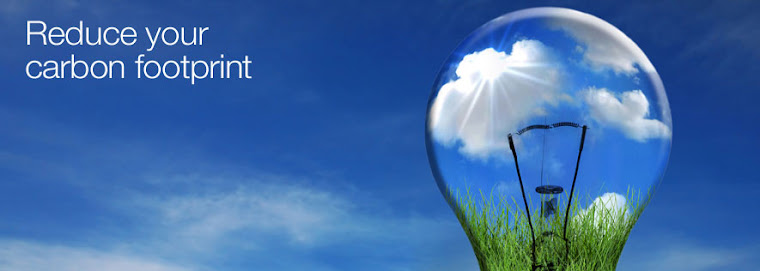To look into the future it is best to take
a look today, the innovations that are progressing largely today will be the
everyday technology of the future. Solar energy is taking great strides towards
becoming the most widely used sustainable energy solution of the future and due
to its versatility and large energy capacity it is beginning to be utilized almost anywhere. The solar impulse is a great example, as the world’s first
working solar powered plane, it has already broken records of 26 hours in
flight time using solar and has flown across the Mediterranean. It is scheduled
for a flight around the world in 2014 and is purely powered by solar.
Much like what we are trying to achieve the
Solar Impulse is a beacon for innovation and the use of sustainable energy. The
Solar Impulse idea was initiated by and is also piloted by Bertrand Piccard
(Docter, physicist and aeronaut) and Andre Borschberg (engineer and fighter
pilot). These two men and their team are attempting to do what many adventurers
have done in the past and inspire a generation, in this
case towards the use of solar energy. They aspire to do what the Wright
brothers did for flight and make society become infatuated with an idea. Solar
as an energy source for flight and more broadly, solar as the most commonly
used energy source in the world.
"Adventure
is not necessarily a spectacular deed, but rather an "extra-ordinary"
one, meaning something that pushes us outside our normal way of thinking and
behaving. Something that forces us to leave the protective shell of our
certainties, within which we act and react automatically. Adventure is a state
of mind in the face of the unknown, a way of conceiving our existence as an
experimental field, in which we have to develop our inner resources, climb our
personal path of evolution and assimilate the ethical and moral values that we
need to accompany our voyage." Bertrand Piccard
Solar Impulse is
planning to emulate the feeling society felt when humans first entered space
and when man first took a step on the moon. Inspire new people who are
captivated by discovering the unknown and influence people to make changes in
their own lives towards being more sustainable and pollution free.
The idea that one
day we may take to the sky’s in an Airbus completely powered by solar seems
impossible, but so did the Solar Impulse not too long ago. I for one think that
this is a step in the right direction, a step that has benefits not just for
the planet, but one that eventually will make new greater industries larger and
out of date unnecessary industries nonexistent. It is large step towards a
better quality of life for all of mankind.
By Daniel Conn




